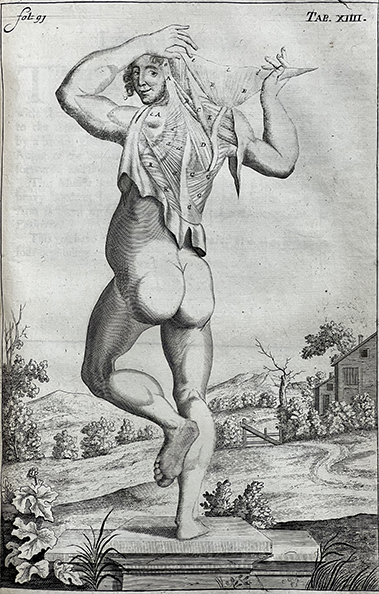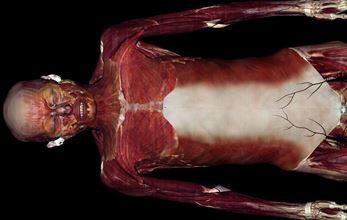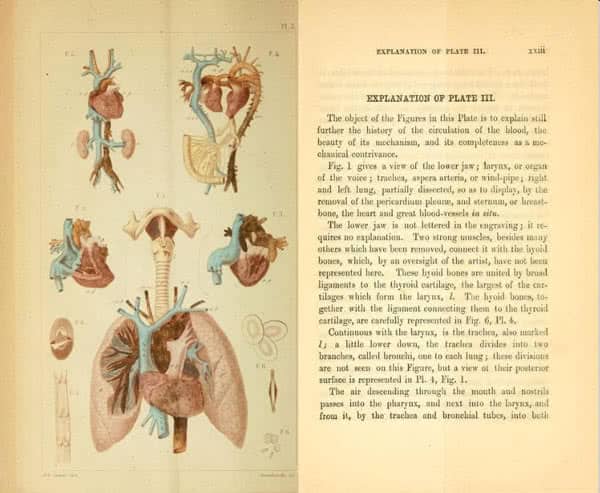By Damien Ihrig, Curator, John Martin Rare Book Room BROWNE, JOHN (1642-1700) Myographia nova, or, A description of all the muscles in humane body : as they arise in dissection : distributed into six lectures ; at the entrance into every of which, are demonstrated the muscles properly belonging to each lecture now in generalContinue reading “John Browne | Myographia Nova | Dissection | Book of the Month from the John Martin Rare Book Room @Hardin Library”
Tag Archives: anatomy
Introducing the Anatomage Table 7 – Fully Segmented 3D Anatomy
The Anatomage Table 7 is now available for use at the Hardin Library for the Health Sciences! The Table 7 is the world’s only fully-segmented real human 3D anatomy system. Users can visualize anatomy exactly as they would on a fresh cadaver. Individual structures of the body are reconstructed in accurate 3D, resulting in an unprecedented virtual dissectionContinue reading “Introducing the Anatomage Table 7 – Fully Segmented 3D Anatomy”
NEW | Anatomage 3D Virtual Dissection Table
The Hardin Library now has an Anatomage virtual anatomy dissection table available. The table is located near the service desk on the 3rd floor and is available to all users. The Anatomage table is a fully segmented real human 3D anatomy system, and the table replicates dissecting a cadaver. Learn anatomy with an interactive,Continue reading “NEW | Anatomage 3D Virtual Dissection Table”
Robert Knox | Man, his structure and physiology | March 2019 Notes from the John Martin Rare Book Room @Hardin Library
ROBERT KNOX (1791-1862). Man, his structure and physiology : popularly explained and demonstrated. 2nd ed. London ; New York: H. Bailliere, 1858. This popular introduction to anatomy and physiology was written by the noted – if somewhat infamous – Edinburgh anatomist Robert Knox. Knox believed that a knowledge of human structure and physiology was vital, forming theContinue reading “Robert Knox | Man, his structure and physiology | March 2019 Notes from the John Martin Rare Book Room @Hardin Library”



